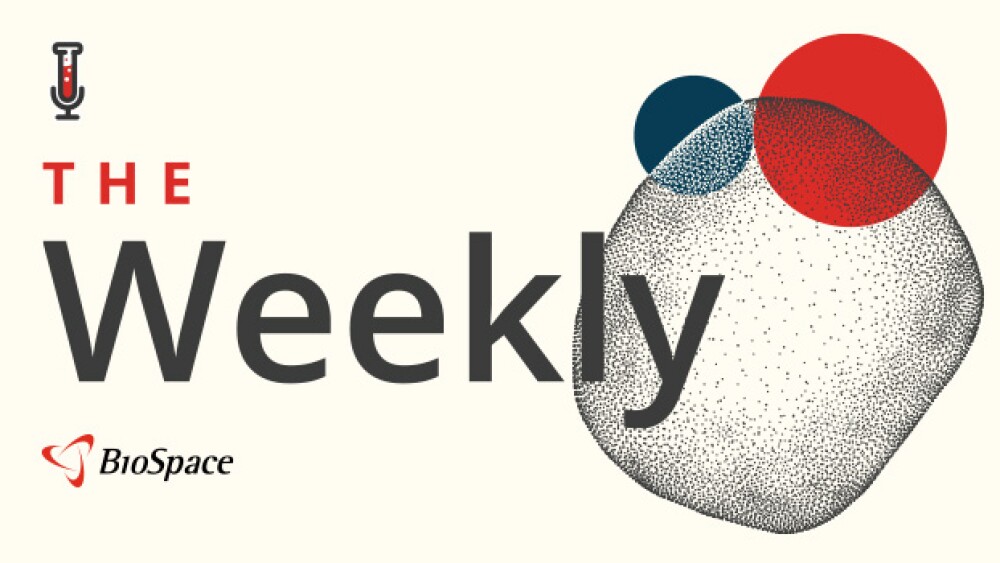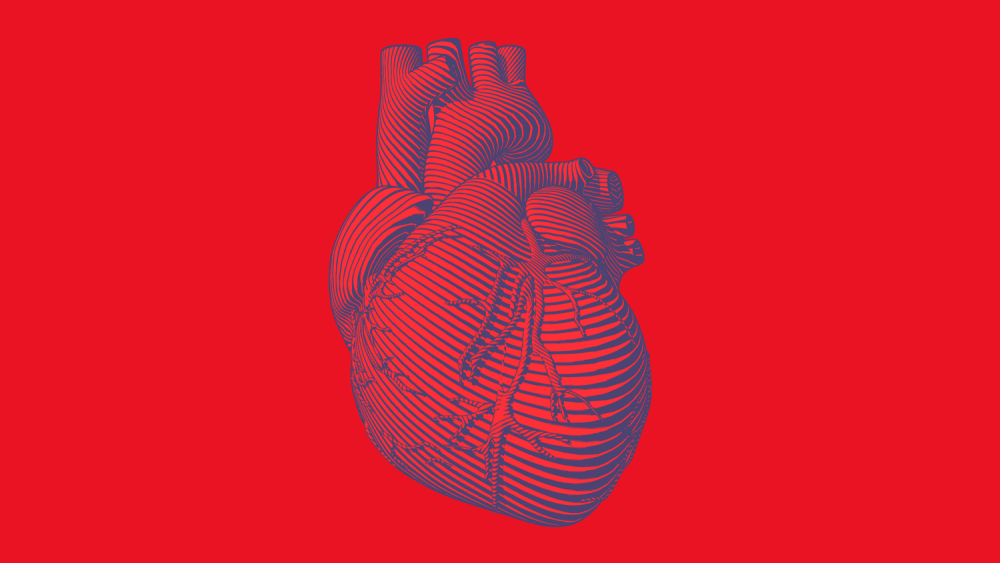Primary results showed significantly greater reduction in blood sugar levels over 26 weeks after switching to Soliqua® / Suliqua® 1 vs staying on daily or weekly GLP-1 receptor agonist
September 17, 2019 Barcelona, Spain
- Primary results showed significantly greater reduction in blood sugar levels over 26 weeks after switching to Soliqua® / Suliqua® 1 vs staying on daily or weekly GLP-1 receptor agonist
- Data from a further 26-week single-arm extension period was presented at European Association for the Study of Diabetes Annual Meeting
Reductions in blood sugar levels seen with Soliqua®/Suliqua® 1 (insulin glargine 100 Units/mL and lixisenatide, iGlarLixi) in adults with type 2 diabetes were sustained to 52 weeks in a single-arm extension to the LixiLan-G Phase 3 clinical trial.2 The primary endpoint of the study, demonstrating a statistically superior reduction of average blood sugar level (HbA1c) after 26 weeks compared with continuing treatment with either a daily or weekly GLP-1 RA treatment (mean difference -0.6% ± 0.1; p<0.0001), was reported previously.3
“This trial offers insight on the question of what to do when patients don’t achieve glycemic targets despite treatment with a GLP-1 receptor agonist as the only injectable antihyperglycemic agent. Clinicians in regions where iGlarLixi is approved with this indication may find this additional evidence useful when considering individualized treatment plans for their patients,” said Dr. Lawrence Blonde, Director of the Ochsner Diabetes Clinical Research Unit, in the Frank Riddick Diabetes Institute, Department of Endocrinology, Ochsner Medical Center in New Orleans, LA, U.S. “This new data shows that efficacy and tolerability of iGlarLixi were sustained up to Week 52 in the extension phase of the study.
The LixiLan-G study included adults with type 2 diabetes who were inadequately controlled on either a daily or a weekly GLP-1 RA (detailed below) and oral antidiabetic treatments. Patients were randomized to switch to Soliqua or remain on their previous treatment.
1 Soliqua® is an injectable prescription medicine that contains two diabetes medicines, insulin glargine 100 Units/mL and lixisenatide. Soliqua® is marketed in the EU as Suliqua®, where it is indicated in combination with metformin for the treatment of adults with type 2 diabetes mellitus to improve glycemic control when this has not been provided by metformin alone or metformin combined with another oral glucose lowering medicinal product or with basal insulin. It is marketed in the U.S. as Soliqua® 100/33, where it is indicated as an adjunct to diet and exercise to improve glycemic control in adults with type 2 diabetes mellitus. It is marketed as Soliqua® in other geographies where it is approved. Suliqua® is not yet available in Spain. 2 Blonde L et al, Presentation #877, European Association for the Study of Diabetes 55th Annual Meeting, September 17-20, Barcelona, Spain. 3 Blonde L et al, Presentation #149 OR, American Diabetes Association 79th Scientific Sessions, June 9, San Francisco, CA, U.S.
Sanofi Diabetes Update
A similar proportion of patients treated with Soliqua achieved HbA1c levels below the EASD recommended target of 7% or less after the main treatment period and the extension period: 62% (156 of 252) at week 26 and 64% (132 of 206) at week 52. In the first 26 weeks of the trial, 26% (65 of 253) of patients who stayed on previous GLP-1 RA therapy reached the target.
The study showed a safety profile consistent with the established profiles of the treatments studied: the most common classes of adverse event with all treatments were gastrointestinal events (i.e., nausea, diarrhea and or vomiting) and hypoglycemia.
The 52-week Phase 3 data results were presented for the first time as a poster presentation at the 55th Annual Meeting of the European Association for the Study of Diabetes.
“Professional organizations such as the EASD recommend that people with diabetes target certain blood sugar levels, based on individual characteristics, to reduce the risk of complications associated with high blood sugar,” said Maha Radhakrishnan, MD, Global Head of Primary Care Medical at Sanofi. “We are committed to providing a broad range of options that can help support this individualized approach to care.”
About the study
The LixiLan-G study was an open-label, randomised, active-controlled phase 3 study. The study included 514 adults with type 2 diabetes who were inadequately controlled on a GLP-1 RA (either once-daily liraglutide or twice-daily exenatide, or once-weekly exenatide extended release, albiglutide or dulaglutide) and metformin (with or without pioglitazone, with or without a sodium-glucose transport protein 2 inhibitor [SGLT2i]). Participants were randomized to either switch to iGlarLixi or continue their previous GLP-1 RA treatment, while maintaining their other pre-trial anti-diabetic medication. Adherence to allocated treatment was monitored and reinforced throughout the study. Participants treated with iGlarLixi and who were eligible at the end of the initial 26-week treatment period (n=206) were followed for a further 26 weeks.
The primary objective was to demonstrate superior reduction of HbA1c with iGlarLixi versus continuation of the previous GLP-1 RA after 26 weeks. Secondary objectives included comparison of the overall efficacy and safety of iGlarLixi to continued GLP-1 RA treatment.
After 26 weeks, patients who switched to iGlarLixi saw a greater reduction in HbA1c versus those continuing treatment with a GLP-1 RA (mean difference: 0.6% ± 0.1; p<0.0001). This level of efficacy was sustained to 52 weeks for those patients who completed the extension period:
Sanofi Diabetes Update
Soliqua (n=252 / 206*)
GLP-1 RA (n=253) Mean HbA1c at baseline (%) 7.8 ± 0.6 7.8 ± 0.6 Mean HbA1c at Week 26 (%) 6.7 ± 0.8 7.4 ± 0.8 Mean HbA1c at Week 52* (%) 6.7 ± 0.8 N/A * Patients who entered the extension period from week 26 to week 52
At Week 26, more patients who switched to Soliqua achieved HbA1c at target of 7% of less, as recommended by the EASD versus those treated with GLP-1 RA (difference: 36%; p < 0.0001). Through the single-arm extension period, the proportion of patients treated with Soliqua who achieved the target was maintained:
Soliqua (n=252 / 206*)
GLP-1 RA (n=253) Patients achieving HbA1c < 7% at Week 26 % (n) 62% (156) 26% (65) Patients achieving HbA1c < 7% at Week 52 % (n) 64% (132) N/A * Patients who entered the extension period from week 26 to week 52
The study showed a safety profile consistent with previous studies. After 52 weeks, 24.8% of patients who switched to iGlarLixi had experienced gastrointestinal events (nausea 9.2%, diarrhea 7.3%, vomiting 3.9%). In previously-reported data after 26 weeks, 21.6% of patients who switched to iGlarLixi had experienced gastrointestinal events (nausea 8.6%, diarrhea 5.5%, vomiting 3.1%), compared with 10.2% of patients who continued previous treatment with GLP-1 RA.
Rates of documented (< 3.0 mmol/L [54 mg/dL]) hypoglycemia were also consistent with the established safety profiles of the treatments. Over 52 weeks, the rate of hypoglycemia was 0.24 events per patient per year, compared with 0.25 events per patient per year over the first 26 weeks. Patients who remained on previous GLP-1 RA therapy experienced <0.01 events per patient per year.
About Sanofi
Sanofi is dedicated to supporting people through their health challenges. We are a global biopharmaceutical company focused on human health. We prevent illness with vaccines, provide innovative treatments to fight pain and ease suffering. We stand by the few who suffer from rare diseases and the millions with long-term chronic conditions.
With more than 100,000 people in 100 countries, Sanofi is transforming scientific innovation into healthcare solutions around the globe.
Sanofi, Empowering Life
Sanofi Diabetes Update
Global Diabetes Communications Serge Spierckel Tel.: +33 (0) 6.75.71.61.24 Serge.Spierckel@sanofi.com




